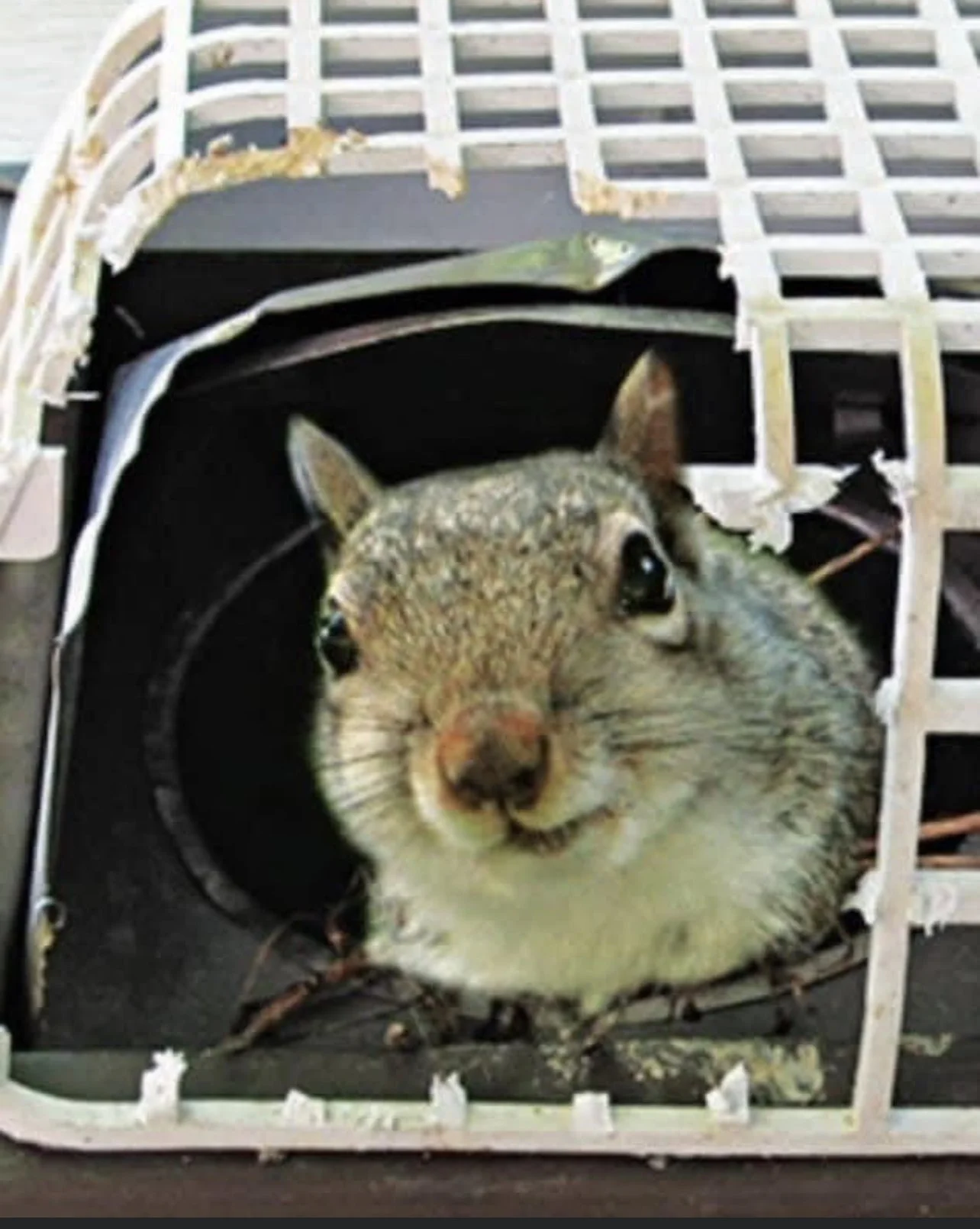The Problem of Birds in Ventilation Ducts
Birds are naturally drawn to sheltered spaces, and your home’s ventilation ducts can seem like the perfect nesting spot. However, this can lead to a host of issues, including blocked airflow, unpleasant odors, and even health risks from droppings and debris. Addressing the issue of bird removal from ventilation ducts is essential to maintain your home’s air quality and structural integrity.
Birds often enter ducts through small openings or damaged vents. Once inside, they build nests, which can obstruct airflow and cause your HVAC system to work less efficiently. Additionally, bird droppings can carry diseases and attract insects, creating further complications.
Effective Methods for Bird Removal from Ventilation Ducts
When dealing with bird removal from ventilation ducts, it’s important to approach the situation carefully and humanely. Start by inspecting your vents for signs of bird activity, such as chirping sounds, feathers, or droppings. If you suspect birds are nesting in your ducts, avoid using harsh chemicals or attempting to remove them yourself, as this can harm the birds and damage your ventilation system.
Instead, consider hiring a professional wildlife removal service. These experts have the tools and knowledge to safely remove birds and their nests without causing harm. They can also identify and seal entry points to prevent future intrusions. Installing vent covers or screens is another effective way to keep birds out while maintaining proper airflow.
After the birds have been removed, it’s crucial to clean and sanitize the ducts to eliminate any remaining debris or contaminants. This step not only improves air quality but also ensures your HVAC system operates efficiently.
The Raccoon Menace: Unsecured Trash Cans
While birds can cause problems in your ventilation system, raccoons are notorious for their ability to wreak havoc outdoors. These clever creatures are attracted to food sources, and unsecured trash cans are like an open invitation for them. Raccoons can scatter garbage, create a mess, and even damage property in their search for food.
To avoid these issues, it’s essential to secure trash cans to deter raccoons. Raccoons are highly intelligent and resourceful, so simply placing a lid on your trash can may not be enough. They can easily knock over lightweight bins or pry open lids with their dexterous paws.
How to Secure Trash Cans to Deter Raccoons
Securing your trash cans effectively requires a combination of sturdy materials and strategic placement. Start by investing in heavy-duty trash cans with tight-fitting lids. Look for models made from durable materials like metal or thick plastic, as these are more difficult for raccoons to damage.
Another effective method is to use bungee cords or straps to fasten the lids securely. Wrap the cords around the handles and attach them to fixed objects, such as a fence or post, to prevent raccoons from tipping the cans over. For added security, consider placing a weight on top of the lid, such as a brick or rock.
Storing your trash cans in a secure location can also make a significant difference. If possible, keep them in a locked garage or shed until trash collection day. If outdoor storage is your only option, position the cans away from trees, fences, or other structures that raccoons can climb to gain access.
Additionally, reducing the scent of food waste can help deter raccoons. Rinse out food containers before disposing of them, and consider using trash bags with odor-neutralizing properties. You can also sprinkle baking soda or use natural repellents like ammonia or vinegar around the trash cans to discourage raccoons from approaching.
Preventing Future Wildlife Intrusions
Once you’ve addressed the immediate issues of bird removal from ventilation ducts and secure trash cans to deter raccoons, it’s important to take proactive steps to prevent future problems. Regularly inspect your home’s exterior for potential entry points, such as gaps in vents, loose siding, or damaged screens. Seal any openings with durable materials to keep wildlife out.
Maintaining a clean and tidy yard can also reduce the likelihood of attracting raccoons and other pests. Remove fallen fruit, pet food, and other potential food sources from your outdoor spaces. Trim tree branches and shrubs that could provide easy access to your roof or vents.
The Importance of Humane Wildlife Solutions
While it’s natural to feel frustrated by wildlife intrusions, it’s important to approach the situation with compassion. Birds and raccoons are simply following their instincts to find food and shelter. By using humane methods for bird removal from ventilation ducts and secure trash cans to deter raccoons, you can resolve the issue without causing unnecessary harm to these animals.
If you’re unsure how to handle a wildlife problem, don’t hesitate to seek professional assistance. Wildlife removal experts can provide safe and effective solutions while ensuring the animals are treated with care and respect.

Comments on “Protecting Your Home: Bird and Raccoon Solutions for a Safer Space”